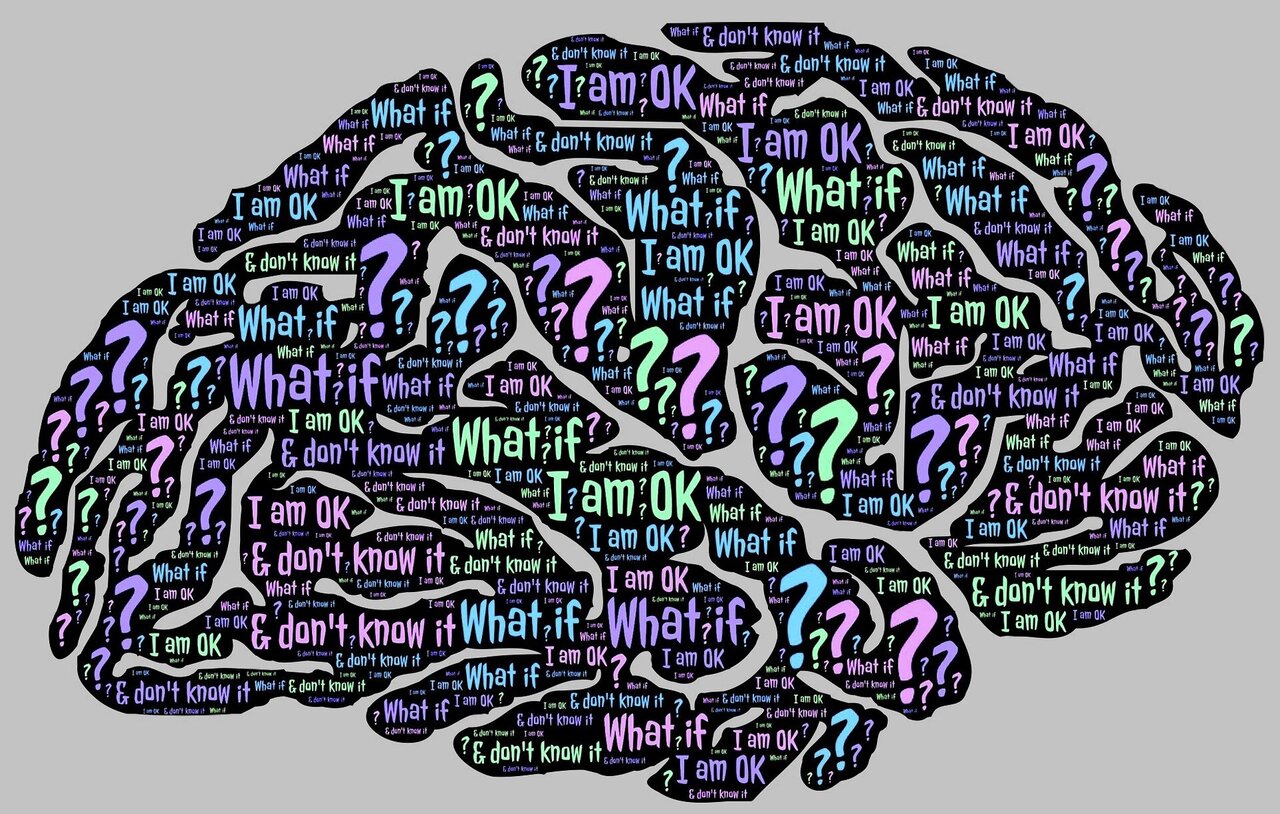
Self-Concept in Psychology
Self-concept is our personal knowledge of who we are, encompassing all of our thoughts and feelings about ourselves physically, personally, and socially. Self-concept also includes our knowledge of how we behave, our capabilities, and our individual characteristics. Our self-concept develops most rapidly during early childhood and adolescence, but self-concept continues to form and change over time as we learn more about ourselves.
Defining Self-Concept
Social psychologists say that self-concept should be understood as a knowledge structure. People pay attention to themselves, noticing both their internal states and responses and their external behaviour. Through such self-awareness, people collect information about themselves. Self-concept is built from this information and continues to develop as people expand their ideas about who they are.
Early research on self-concept suffered from the idea that self-concept is a single, stable, unitary conception of the self. More recently, however, scholars have recognized it as a dynamic, active structure that is impacted by both the individual’s motivations and the social situation.

Carl Rogers’ Components of Self-Concept
Carl Rogers, one of the founders of humanistic psychology, suggested that self-concept includes three components:
Self-image is the way we see ourselves. Self-image includes what we know about ourselves physically (e.g. brown hair, blue eyes, tall), our social roles (e.g. wife, brother, gardener), and our personality traits (e.g. outgoing, serious, kind). Self-image doesn’t always match reality. Some individuals hold an inflated perception of one or more of their characteristics. These inflated perceptions may be positive or negative, and an individual may have a more positive view of certain aspects of the self and a more negative view of others.
Self-esteem is the value we place upon ourselves. Individual levels of self-esteem are dependent on the way we evaluate ourselves. Those evaluations incorporate our personal comparisons to others as well as others’ responses to us. When we compare ourselves to others and find that we are better at something than others and/or that people respond favourably to what we do, our self-esteem in that area grows. On the other hand, when we compare ourselves to others and find we’re not as successful in a given area and/or people respond negatively to what we do, our self-esteem decreases. We can have high self-esteem in some areas (“I am a good student”) while simultaneously having negative self-esteem in others (“I am not well-liked”).
The ideal self is the self we would like to be. There’s often a difference between one’s self-image and one’s ideal self. This incongruity can negatively impact one’s self-esteem. According to Carl Rogers, self-image and ideal self can be congruent or incongruent. Congruence between the self-image and ideal self means that there is a fair amount of overlap between the two. While it is difficult, if not impossible, to achieve perfect congruence, greater congruence will enable self-actualization. Incongruence between the self-image and ideal self means there’s a discrepancy between one’s self and one’s experiences, leading to internal confusion (or cognitive dissonance) that prevents self-actualization.

Development of Self-Concept
Self-concept begins to develop in early childhood. By age 2, children begin to differentiate themselves from others. By the ages of 3 and 4, children understand that they are separate and unique selves. At this stage, a child’s self-image is largely descriptive, based mostly on physical characteristics or concrete details. Yet, children increasingly pay attention to their capabilities, and by about 6 years old, children can communicate what they want and need. They are also starting to define themselves in terms of social groups.
Between the ages of 7 and 11, children begin to make social comparisons and consider how they’re perceived by others. At this stage, children’s descriptions of themselves become more abstract. They begin to describe themselves in terms of abilities and not just concrete details, and they realize that their characteristics exist on a continuum. For example, a child at this stage will begin to see himself as more athletic than some and less athletic than others, rather than simply athletic or not athletic. At this point, the ideal self and self-image start to develop.
Adolescence is a key period for self-concept. The self-concept established during adolescence is usually the basis for the self-concept for the remainder of one’s life. During the adolescent years, people experiment with different roles, personas, and selves. For adolescents, self-concept is influenced by success in areas they value and the responses of others valued to them. Success and approval can contribute to greater self-esteem and a stronger self-concept into adulthood.
Diverse Self-Concept
We all hold numerous, varied ideas about ourselves. Some of those ideas may only be loosely related, and some may even be contradictory. These contradictions don’t create a problem for us, however, because we’re conscious of only some of our self-knowledge at any given point in time.
Self-concept is made up of multiple self-schemas: individual concepts of a particular aspect of the self. The idea of self-schema is useful when considering self-concept because it explains how we can have a specific, well-rounded self-schema about one aspect of the self while lacking an idea about another aspect. For example, one person may see herself as organized and conscientious, a second person may see himself as disorganized and scatter-brained, and a third person may have no opinion about whether she is organized or disorganized.
Malleable Self-Concept
Our ability to call up certain self-schemas while ignoring others makes our self-concepts malleable. In a given moment, our self-concept is dependent on the social situations in which we find ourselves and the feedback we receive from the environment. In some cases, this malleability means that certain parts of the self will be especially salient. For example, a 14-year-old may become especially aware of her youth when she is with a group of elderly people. If the same 14-year-old was in a group of other young people, she would be much less likely to think about her age.
Self-concept can be manipulated by asking people to recall times when they behaved in a certain way. If asked to recall times when they worked hard, individuals are generally able to do so; if asked to recall times when they were lazy, individuals are also generally able to do so. Many people can remember instances of both of these opposing characteristics, but individuals will generally perceive themselves as one or the other (and act in accordance with that perception) depending on which one is brought to mind. In this way, self-concept can be altered and adjusted.
You May Also Like

What to Do to Regain Your Well-Being?
2022-04-26
Are You An Alpha Woman?
2021-07-23

